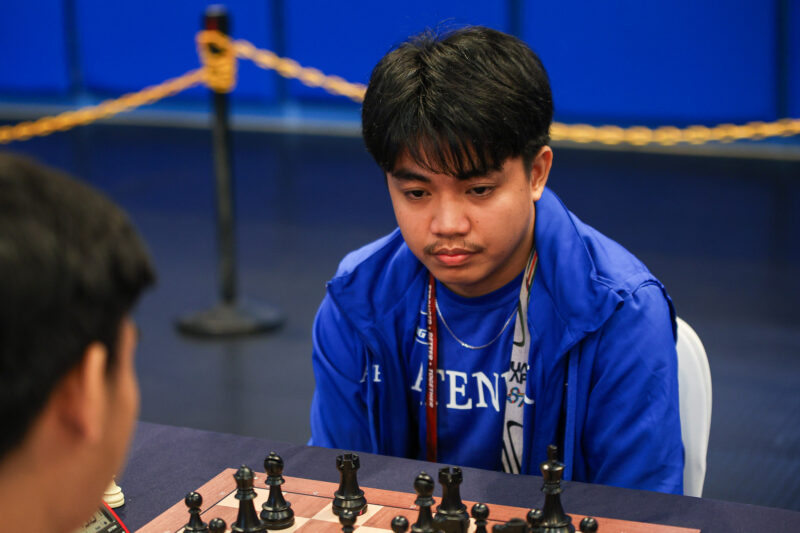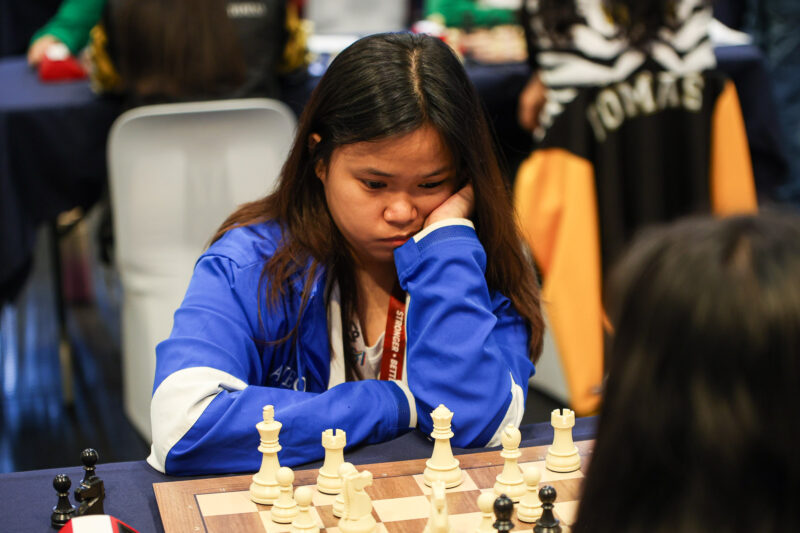IN 2005, roughly 2% of the country’s recorded population were Chinese Filipinos. This percentage equates to 1.1 million people.
At the height of the controversy involving the Scarborough Shoal, the lives of the Chinese Filipinos were put under the spotlight. Since the early days of the Philippines, the Chinese have already set foot on our islands and marked their place in our collective history.
Today, we witness the clash of the Philippines and China, caused by a colossal issue concerning territory and sovereignty.
Within home
Amid the coming and going of tensions between the Philippines and China, Chinese culture has remained constantly influential the Philippines. It is not difficult to notice this even on campus, as a considerable Chinese Filipino community composed of both students and faculty also call the Ateneo home.
Furthermore, given the noteworthy population of Chinese Filipinos in the Ateneo, it is also not surprising that different programs and organizations exist in order to cater to interested Ateneans.
For instance, through the Chinese Studies Program, students are provided a special avenue to understand China and its culture and to strengthen the relationship between the two countries. To support these endeavors, the Confucius Institute at the Ateneo de Manila University maintains institutional ties with the Sun Yat-sen University in China.
Prescribing peace
In light of the heated arguments between the two countries on the Scarborough dispute, China and the Philippines have stirred up controversial opinions in both public and private realms in both countries. It is unclear where the Chinese Filipino population in the country stands.
In an interview with Ellen H. Palanca, PhD, Director of the Confucius Institute and a board member of the Philippine Association of Chinese Studies (PACS), she admitted that the PACS board was not able to come up with a statement regarding the issue.
However, she added that, “The subtle difference in opinion is not along ethnicity line.” Palanca also mentioned that the board is made up of both Filipinos and ethnic Chinese. She asserted, however, that all the board wants is to see the use of diplomacy and peaceful approach to resolve the issue.
However, she personally thought that both sides “overreacted.” According to her, “Such reactions and a standoff are not beneficial to either side.”
Chinese Filipino Ateneans on the issue
One of the student organizations under the Council of Organizations of the Ateneo is the officially accredited student-led group called Celadon, which was made by and is primarily joined by Chinese Filipino students studying in the Ateneo.
Speaking about the issue, Celadon member Hart Ang said, “Given that I was born and raised here in the Philippines, yet being of Chinese blood and culture, the topic definitely hits a nervous note on me.”
When asked about how the Chinese Filipino community should react to the situation, Julie Lim (II BS ME) said, “I think the Filipino-Chinese community should not have a collective opinion about this issue. There are some people from older generations in the Filipino-Chinese community who are still very defensive about anything remotely Chinese and will fight for China no matter what.”
However, Chinese Filipino instructor from the Mathematics Department Daniel Andrew Tan thinks otherwise, saying, “I think the Filipino-Chinese community here is largely unaffected by this issue. This is a political matter and not a cultural one.”
Despite somewhat opposing statements, both Lim and Tan stated that China should not withdraw affiliation with the Philippines.
The Scarborough Shoal dispute established discourse within the Philippines and the circumscribed Chinese Filipino culture within it. However, while most Chinese Filipinos embrace their roots, different opinions still surface from the community.
The issue has been as significant as the number of Chinese Filipinos in the country, and understandably so, because possible repercussions will perhaps be more complicated for them politically and culturally than for native Filipinos.
With reports from J. A. de Lima



